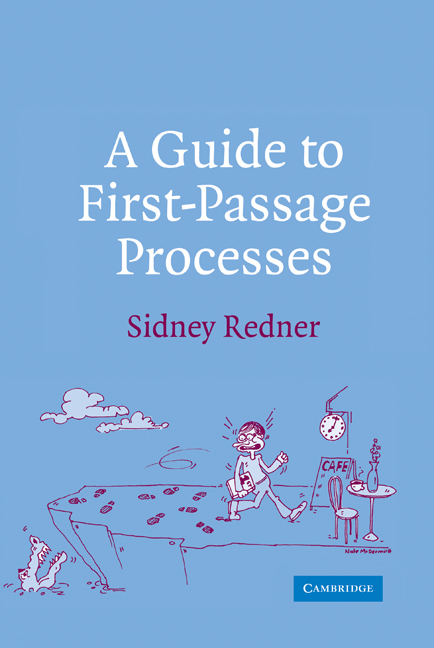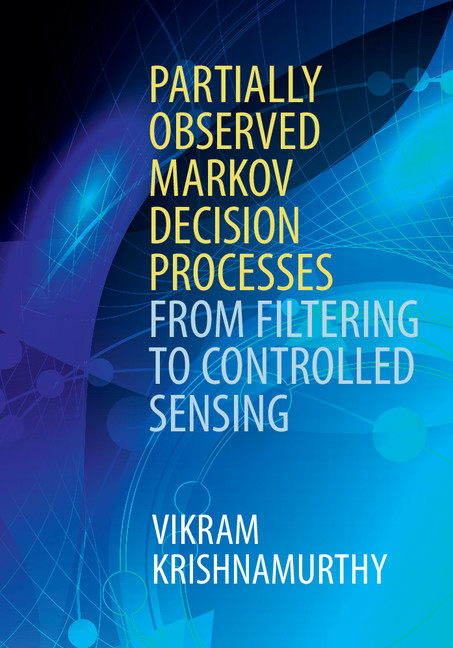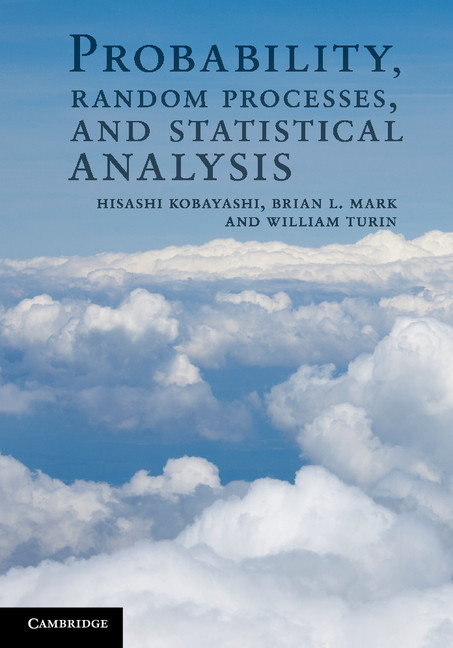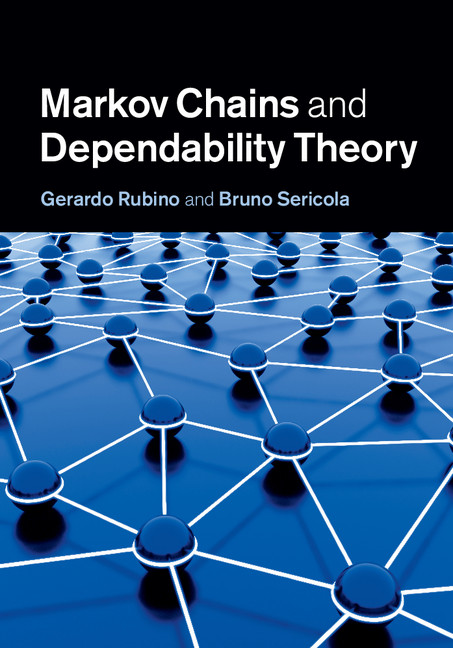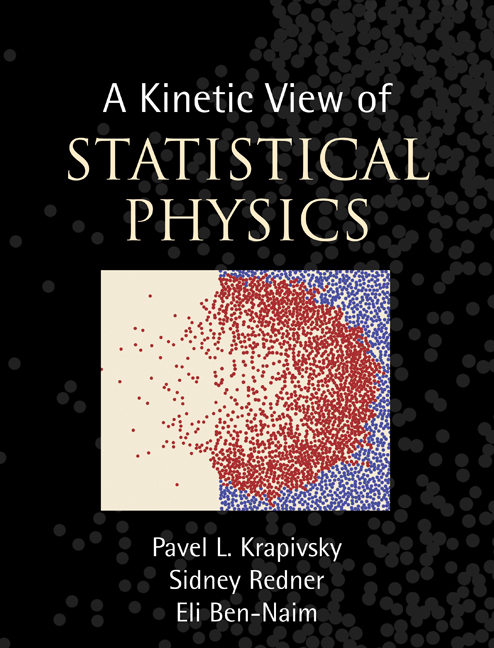A Guide to First-Passage Processes
First-passage properties underlie a wide range of stochastic processes, such as diffusion-limited growth, neuron firing and the triggering of stock options. This book provides a unified presentation of first-passage processes, which highlights its interrelations with electrostatics and the resulting powerful consequences. The author begins with a presentation of fundamental theory including the connection between the occupation and first-passage probabilities of a random walk, and the connection to electrostatics and current flows in resistor networks. The consequences of this theory are then developed for simple, illustrative geometries including the finite and semi-infinite intervals, fractal networks, spherical geometries and the wedge. Various applications are presented including neuron dynamics, self-organized criticality, diffusion-limited aggregation, the dynamics of spin systems and the kinetics of diffusion-controlled reactions. First-passage processes provide an appealing way for graduate students and researchers in physics, chemistry, theoretical biology, electrical engineering, chemical engineering, operations research and finance to understand all of these systems.
- Highlights first-passage processes; most books on probability theory and stochastic processes treat it as a subsidiary
- The emphasis is on physical intuition and how to solve problems rather than on theory
- A range of applications are presented as being part of first-passage processes
Reviews & endorsements
"...original and refreshing..." Journal of Mathematical Pyschology
"This is the first book entirely devoted to first-passage processes... Well designed and typeset, [it] is written in an easy-to-read style with a generous assortment of clearly drawn graphs. The book is very useful for anyone working in the area of stochastic processes." Mathematical Reviews
"...clearly written...the organisation and presentation of the material are excellent...a useful repository of standard and not-so-standard techniques which anyone working in the area of stochastic processes in general, and first-passage problems in particular, will want to have on their shelves." --Alan Bray, Journal of Statistical Physics
"Unquestionably a valuable book, written at an accessible level for graduate students while providing a nice summary of the last century's--and notably the last two decades'--developments of these methods. It fills a hole in the literature that's needed filling for at least ten years. Moreover, the author's style is relaxed and crystal clear while maintaining mathematical precision and power." --Charles Doering, University of Michigan
"to practitioners in the field of first- passage problems, and to students entering the field...I can recommend it strongly. It is clearly written, and the organisation and presentation of the material are excellent. It serves as a useful repository of standard and not-so-standard techniques which anyone working in the area of stochastic process in general, and first-passage problems in particular, will want to have on their shelves." Alan J. Bray, Dept of Physics and Astronomy, University of Manchester, UK
"Redner's approach is always remarkably clear and it is often aimed to develop intuition....The book is explicitly intended for allowing those with a modest background to learn essential results quickly. This goal intrinsically places it on the border between the category of textbooks and that of reference books. The author's style, colloquial and concise, yet precise, is definately appropriate for the purpose." Paolo Laureti, Econophysics
"The book is very well written and provides clear explanations of the techniques used to determine first passage probabilities and related quantities, under a variety of circumstances...this book [is] highly recommended to anyone interested in its subject, both for its clarity of presentation and for the wide range of problems treated." J.R. Dorfman, American Journal of Physics
Product details
August 2001Hardback
9780521652483
328 pages
236 × 160 × 26 mm
0.576kg
91 b/w illus.
Available
Table of Contents
- Preface
- Errata
- 1. First-passage fundamentals
- 2. First passage in an interval
- 3. Semi-infinite system
- 4. Illustrations of first passage in simple geometries
- 5. Fractal and nonfractal networks
- 6. Systems with spherical symmetry
- 7. Wedge domains
- 8. Applications to simple reactions
- References
- Index.

